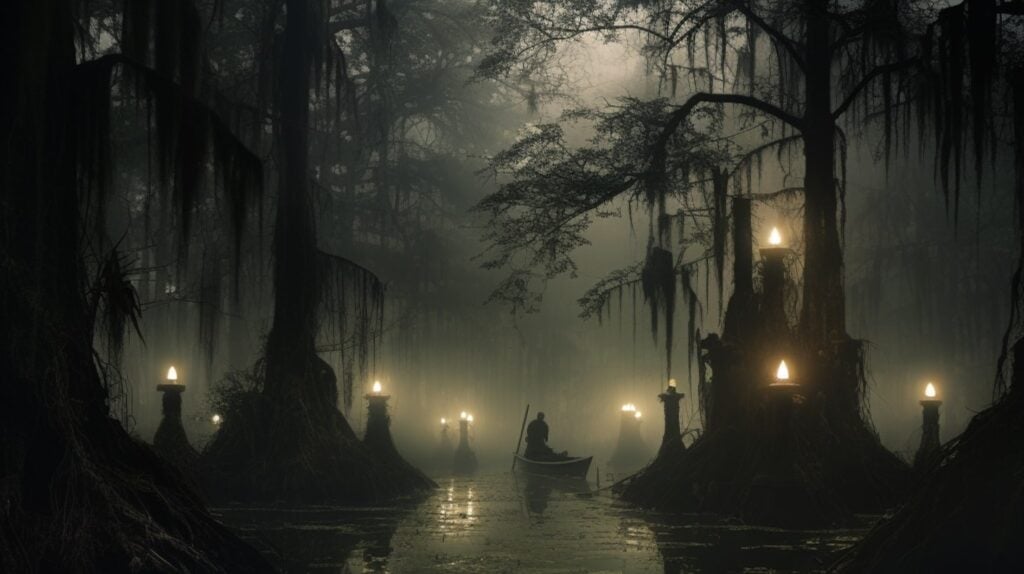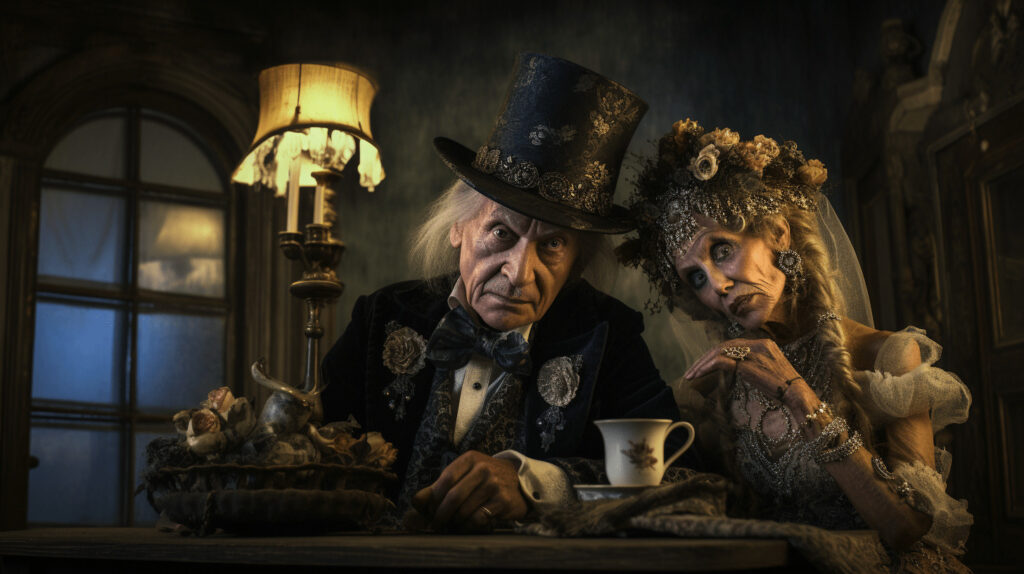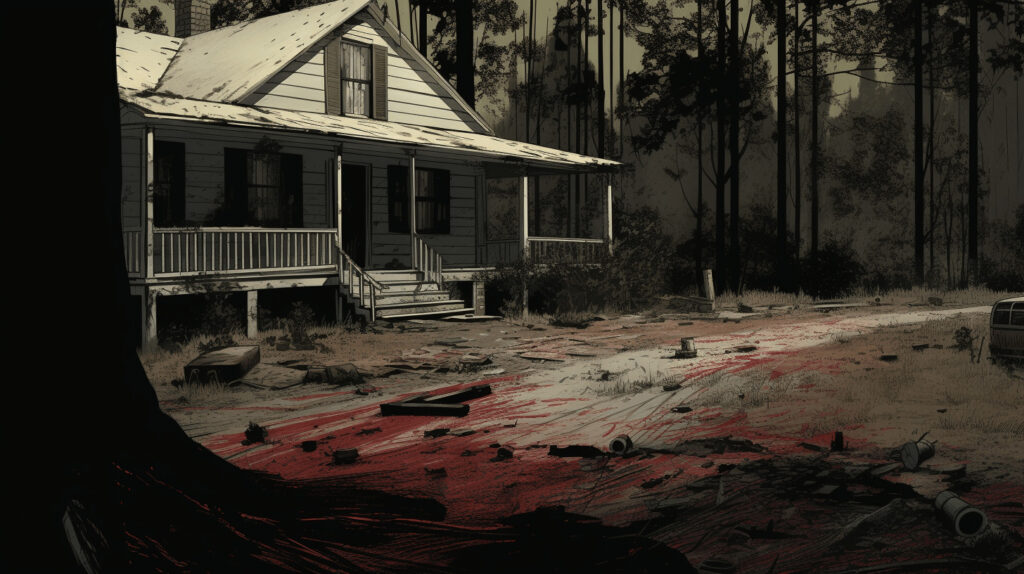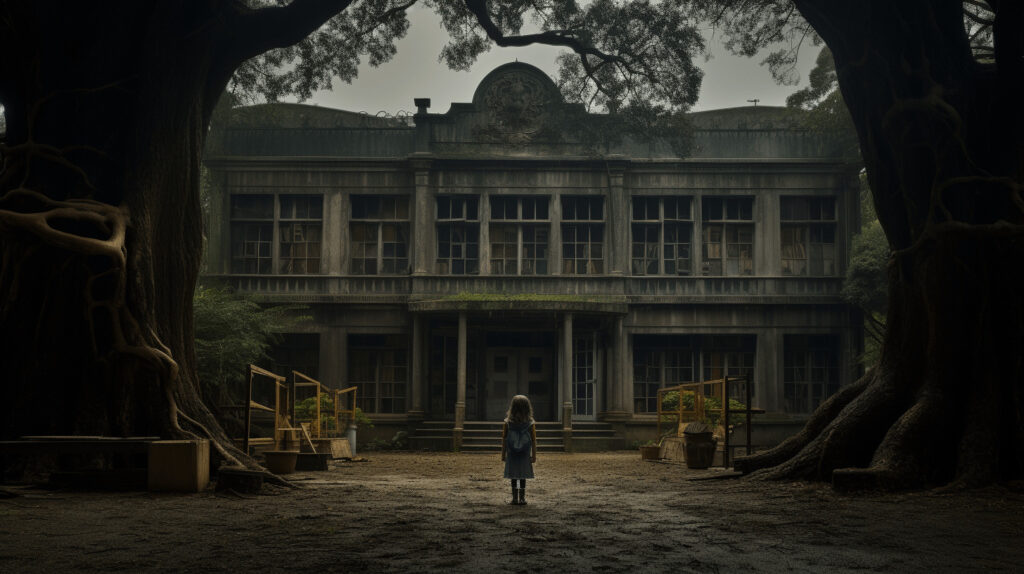Southern gothic books creep under your skin. They are gloriously fun to read and write. But what is Southern gothic, exactly? And how do you write a Southern gothic story successfully?
Southern gothic is a delicious horror subgenre, but what is Southern gothic best used for, and what sets it apart from other horror novels? Let’s examine what Southern gothic is, some famous examples, and how to become a Southern gothic author.
What is Southern Gothic?
Gothic horror is on a long list of book genres – and Southern gothic is one delicious piece of the Gothic horror pie, making it one of the most popular types of fiction to write.
What is Southern gothic writing? Southern gothic is a writing style developed in the 19th century and used by many American writers who lived in the South. Books in the Southern gothic genre tend to be grotesque, macabre, and fantastical.
What is Southern gothic known for besides the dark and gloomy? Well, it often draws attention to the supernatural, and centers on characters who have delusional or grotesque characteristics.
If you want to picture what Southern gothic is all about, imagine crumbling mansions, gloomy plantations, or spooky swamps. A setting deep in the South with a sense of foreboding and air of decay.

Edgar Allen Poe is a prime example of what it means to write in this style. Although his writings are not blatantly set in the South, the types of characters he writes demonstrate the disturbing conventions of Southern gothic writing.
You may recognize some other classic authors who are known for writing the Southern gothic genre, too. Some of these well-known writers include:
- Flannery O’Connor
- Tennessee Williams
- Truman Capote
- William Faulkner
- And Carson McCullers.
So now you may have a better understanding of what Southern gothic is. But let’s dive a bit deeper into the tropes most commonly found in Southern gothic stories – so you can form a clearer picture of this horror subgenre.
Related: The Difference Between Horror and Thriller

What is Southern Gothic Best Known For?
There are some tropes and conventions that the Southern gothic genre is particularly well known for. If you choose to write in this subgenre, readers will likely expect you to include at least one of the following tropes:
- Violence and crime
- Desolation in the setting
- Oppression of characters
- Eccentric or exceptionally strange characters
Conventions that are commonly used to define what Southern gothic is include, but are not limited to:
- Foreboding thoughts
- Intensity of emotion
- Distressed victims
- Daring heroes
- Dark humor
If you love writing anti-heroes, focusing on the flaws or disturbing aspects of your characters, and angst, then Southern gothic is what you are looking for!
Of course, just because you understand what Southern gothic is, and what Southern gothic is best known for, doesn’t mean you will know how to write it successfully. Let’s take a look at a few famous examples of the Southern gothic genre to give you some scary story ideas, and then dive into our top tips on writing in this style.

Famous Southern Gothic Examples
A few famous examples of Southern gothic books include:
Sharp Objects by Gillian Flynn
This fictional story covers protagonist Camille Preaker, who is a journalist who is scarred in many ways. She returns to her hometown to investigate two murders, but more is revealed than just the murder investigation. Camille’s past enters the stage and, paired with this murder mystery, will keep you turning pages.
The Keepers of the House by Shirley Ann Grau
The Howlands have lived on the same Alabama plot for seven generations, and they’ve helped to build the community into what it is today. But there are some dark secrets in their family history – and soon Abigail may be left alone to battle a reckoning.
Mexican Gothic by Sylvia Moreno-Garcia
Okay – so perhaps Mexico is a bit further south than you were thinking, but hear me out.
If you take tropes associated with gothic fiction (such as an old mansion, depraved family, and too many secrets to count) and move them to the Mexican countryside, you have Moreno-Garcia’s Mexican Gothic. Filled with a tension-filled plot and a scary climax, this book is a great example of how to use Southern gothic tropes and place them in a new setting.
Try reading some of these books to get a better feel for the Southern gothic genre. What tropes stand out to you? How does the author use their words and pacing to create an atmosphere of distrust and foreboding? How will you use these works of literature as inspiration for your own journey into the Southern Gothic subgenre?
Related: The Best Horror Audiobooks

Embark on Your Own Dark Southern Gothic Adventure
Now that you understand more about what Southern gothic is and how to use it, it’s time to try your hand at writing in this creepy subgenre. Start by learning how to write a horror story in general. But before you sit down to write, ask yourself the following questions.
Feel free to use these questions as a launching pad to brainstorm your plot, characters, and the overall tone of your novel:
- What experiences did I go through as a child that could influence my writing?
- What do I know about the South and what do I need to learn about it?
- What specifically draws me to this subgenre, and why?
- What types of characters have I written in the past?
- How will this subgenre push me in my creative writing abilities?
- Can I use a horror book title generator to get book ideas?
Next, consider how you can educate yourself in this genre. Are there classes, coaches, or other training you can invest in? Are there more Southern gothic books you should read? What can you learn from the Southern gothic classes?
Once you have your answers to these questions, it’s time to sit down and begin your next great adventure in writing. Yes, this may have romantic aspects, some comedy that isn’t as dark in some parts, or a character that feels more relatable at times, but it will also have the violence and eccentricity Southern gothic is best known for.
Be bold in getting your feet wet, and remember you can always edit later (in fact, you should!). Feel free to reach out to your writing friends for feedback or engage with beta readers. And as always, don’t forget to enjoy the writing process itself!
























